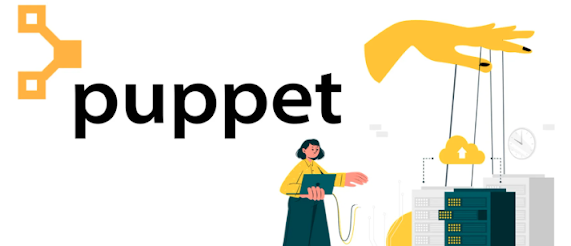Interpret JSON encoded data
In today's interconnected digital landscape, data is the lifeblood of information exchange. One of the most widely used formats for data representation is JSON (JavaScript Object Notation). Understanding JSON encoded data is essential for anyone pursuing the CCNA Exam as it plays a significant role in modern network communication.
In this blog post, we will delve into the fundamentals of JSON, covering JSON Key:Value Pairs, JSON Objects, and JSON Arrays, to equip you with the knowledge needed to excel in your CCNA studies.
JSON Key:Value Pairs
JSON operates on a simple yet powerful concept: key-value pairs. These pairs are the building blocks of JSON-encoded data. Here's how they work:
What Are Key:Value Pairs?
JSON key-value pairs consist of two parts: a key and a value, separated by a colon (:). The key is always a string enclosed in double quotation marks, while the value can be a string, number, object, array, boolean, or null.
{
"name": "John",
"age": 30,
"car": "Null"
}
In the above example, "name," "age," and "car" are keys, and "John," 30, and "null" are their respective values.
JSON Objects
JSON Objects are collections of key-value pairs enclosed in curly braces {}. They allow you to represent complex data structures in a hierarchical manner.
Understanding JSON Objects
JSON objects can be nested within each other, creating a tree-like structure. This hierarchy makes it easy to organize and access data.
{
"person": {
"name": "Alice",
"age": 25,
"address": {
"city": "Los Angeles",
"state": "California"
}
}
}
In the example above, "person" is an object containing the keys "name," "age," and "address." The "address" key, in turn, holds another object with its own key-value pairs.
JSON Arrays
JSON Arrays are ordered lists of values enclosed in square brackets []. Unlike objects, arrays do not use keys; they rely on a numerical index to access elements.
Exploring JSON Arrays
JSON arrays can store multiple values of different data types, making them versatile for various applications.
{
"fruits": ["apple", "banana", "orange"]
}
In this instance, "fruits" is an array containing three string values.
Conclusion
In the evolving world of IT, understanding JSON encoded data is paramount. As per the CCNA Exam Syllabus, grasping JSON Key:Value Pairs, JSON Objects, and JSON Arrays is essential for effective network communication and data manipulation.
By mastering these fundamentals, you'll be better equipped to tackle the challenges presented in your CCNA journey. JSON's simplicity and versatility make it a must-know topic for aspiring network professionals. So, dive into JSON, practice decoding and encoding data, and unlock a world of possibilities in the realm of networking.
Don't forget to explore more valuable CCNA-related content on our website to stay ahead in your studies. Happy learning!

















